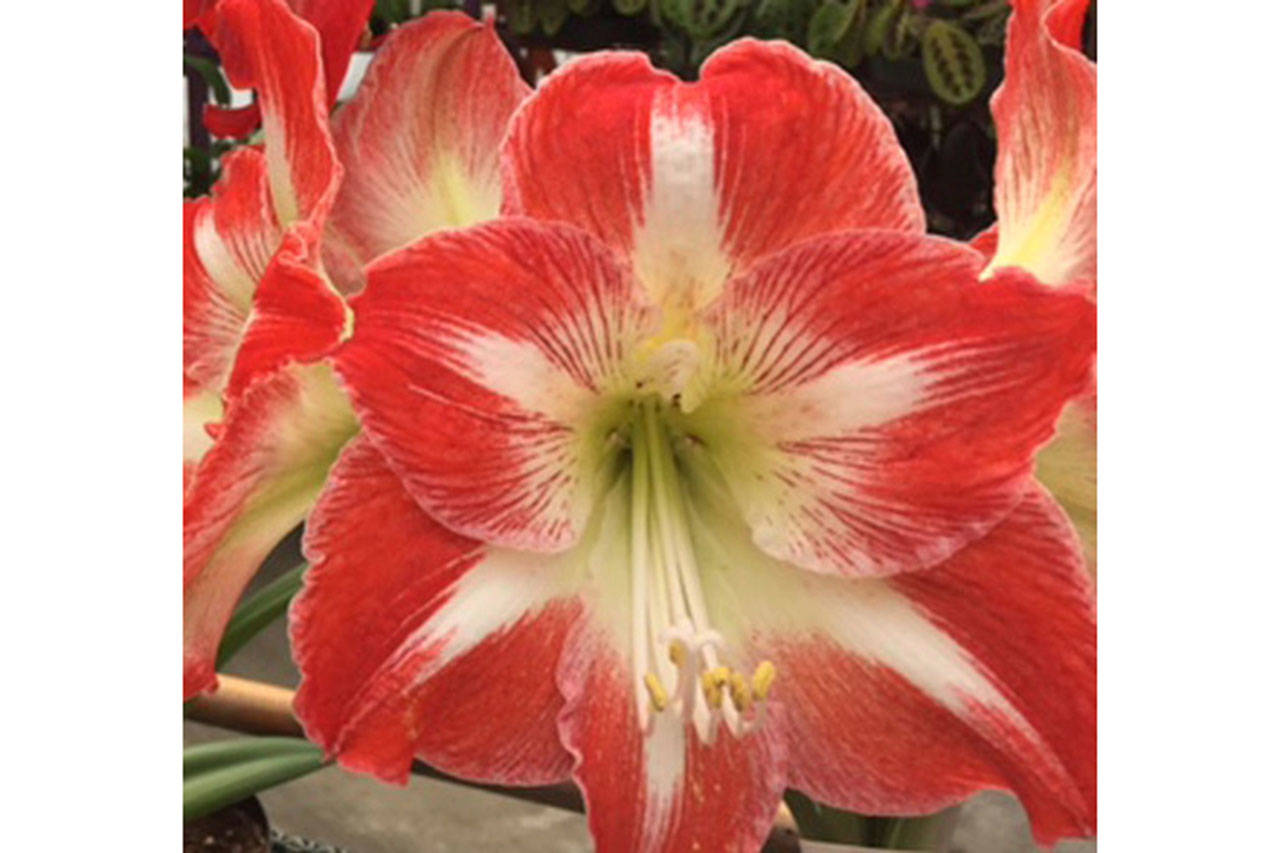By Steve Smith
As the temperature drops, along with all the leaves on deciduous trees, we are left with shades of green in our gardens to look at throughout winter.
There are quite a few winter-blooming perennials and shrubs that can add some winter interest to our gardens, but as far as bouquets or vases of blooms, the pickin’s are slim. For those of us who experience color starvation, here are some ideas to bring the outside into our living spaces. They involve fooling Mother Nature – which might feel a little devious, but I am sure she will understand.
Spring blooming bulbs – like tulips, daffodils, and hyacinths – can all be tricked into blooming in our houses. It involves chilling the bulbs for 8 to 12 weeks in a cool mud room, basement or even the fridge, just as long as we don’t let them freeze. This simulates what happens out in our gardens during winter and is necessary for the bulbs to wake up and produce a bloom. Once the cooling period is over, place them into a pot with some quality potting soil, add water and let them do their stuff. It will take 6 weeks to grow roots, sprout leaves and produce a bloom. If you don’t want to mess with dirt, you can grow them in a vase of water. Set the bulbs on gravel and keep the water level just below the bottom of the bulbs.
If 8 to 12 weeks of cooling is too long for you, then try Paperwhites. These do not need cooling to bloom, and it only takes 4 to 5 weeks. Here again, place them on a bed of gravel in a shallow container with water just up to their bottoms. If they start to get too leggy, put a few drops of vodka in the water, and it will slow them down. Don’t overdo it; there is nothing more obnoxious than an inebriated Paperwhite.
Amaryllis is another bulb that does not need any chilling, and if started now will be blooming by the holidays. These are large bulbs almost the size of a softball and produce a thick, heavy, supportive stalk to hold their beautiful large flowers. Plant the bulb in a 6-inch pot with two-thirds of the bulb above the soil level, add some water and watch it grow. Also, I am now finding bulbs in garden centers that have been coated with brightly colored wax, with their own little stands, that are completely self-contained. You don’t even need to add water because the bulbs were soaked before they were waxed. The only down side is the bulbs are single-use and will not bloom again.
Finally, any shrub that is normally a winter or very early spring bloomer can be forced to come into bloom early simply by cutting off a few budded twigs and bringing them indoors into a vase. Forsythia and Quince are the most commonly used plants for this purpose.
There is no need to suffer the next 3 months without colorful flowers in the house.
Steve Smith is the owner of Sunnyside Nursery in Marysville and can be reached at info@sunnysidenursery.net
•Additionally, Sunnyside will be hosting two classes, “Pruning for Happy Trees Thru Winter,” Nov. 9 at 10 a.m. and Nov. 10 at 11 a.m.


